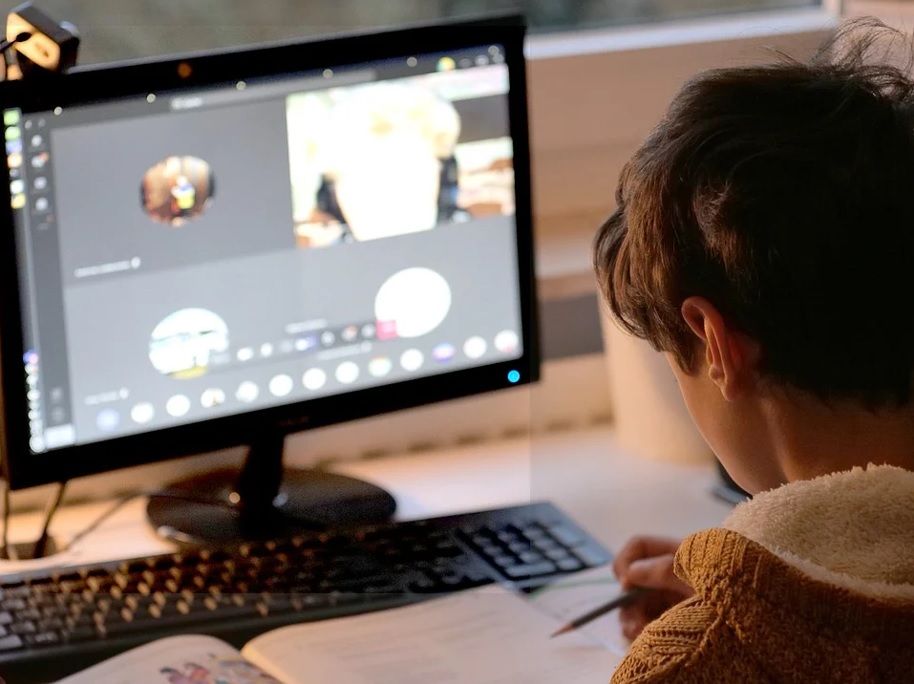A lot has changed in the way we communicate with each other since the early 70s when Ray Tomlinson introduced his SNDMSG computer program for sending email messages. Needless to say, SNDMSG was a very simple program and it only allowed people connected to the same Arpanet network to communicate with each other. However, SNDMSG paved the way for other, more modern online communication means.
When discussing the history of online communication, we have to mention popular chat rooms. The very first online chat room was created by David R. Woolley and Doug Brown in 1973. One year later, the very first ISP (Internet Service Provider) Telenet was born. In 1982, Internet Protocol and Transmission Control Protocol for Arpanet emerged on the scene as well. Ten years later, the very first SMS was sent. Only two years later, the Dycam Model 1 digital camera went on sale in the United States.
In 2003, Skype was born and this marked a completely new, exciting era of online communication. Only one year later, LinkedIn and MySpace emerged on the scene followed by Facebook, YouTube, Twitter. In 2010. Both Instagram and Pinterest were launched. All these different social media and online communication platforms paved the way to more modern video communication platforms that completely changed the way we communicate.
Video Conferencing and Video Communication Platforms
The origin of video conferencing goes back all the way to the late 1870s. While video conferencing and video communication platforms emerged relatively recently, none of this would be possible without the technologies of the past that have evolved over the years. The very first video phones by Bell Lab and the technology of the audio wires are responsible for an amazing technical and technological progress that led to the introduction of modern video communication platforms and top-notch video conference calls.
Video communication platforms have completely changed the way we communicate with each other. Video conferencing helps companies and businesses communicate with their partners and team members any time of the way. The most basic video conferencing requirements include having a modern webcam, PC, laptop, or modern mobile device, stable internet connection, video conferencing app or software, and microphone.
Video conferencing and video communication platforms became even more popular in recent times due to the ongoing coronavirus pandemic. The use of video communication platforms and video conferencing has kept us in touch during the pandemic. In fact, video conferencing and telecommuting have been the only safe options to keep in touch with others, so essentially, the coronavirus pandemic has become one of the major driving factors for the growing popularity of video communication services.
The Rise of Video Communication Platforms During the Pandemic
Due to the ongoing coronavirus pandemic, the face of video conferencing and video communication platforms has changed significantly. Since 2020, many different video communication platforms became operational with the most popular being Zoom. According to a report by MarketsAndMarkets, the impact of the global coronavirus pandemic on the video communication market has been tremendous. The entire market has gained that much-needed traction during the pandemic with more and more people turning to Zoom and other similar platforms as their preferred means of staying in touch with friends and family.
Video conferencing is also one of the major solutions for companies, businesses, and government organizations to connect and keep in touch with their employees, customers, and remote workers. The bottom line, the pandemic was very beneficial for Zoom and other similar services. The end of the global pandemic will not mean the end of video conferencing, but less Zoom and video usage, in general, is rather expected.













